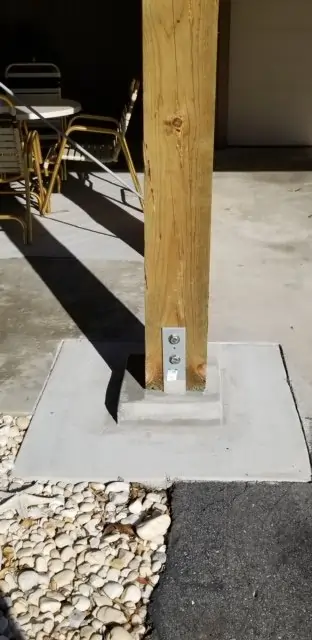How to Calculate Piling Length for Your Project
To ensure your structure is supported effectively, calculating the correct piling length is essential. This calculation depends on several factors, including load requirements, soil properties, and the type of pile used. Below is a step-by-step guide to determine the appropriate pile length for your project.
1. Determine the Design Load
The first step is determining the specific load (dead load, live load, or both) that the pile must support. Typically, this information is provided by the structural engineer. Once the load is established, the next steps can be taken to calculate the required pile length.
2. Assess Soil Conditions
- Soil Bearing Capacity: The soil’s bearing capacity at various depths is crucial. Geotechnical investigations are conducted to evaluate the soil strength and its ability to support the piles.
- Soil Type: The type of soil (e.g., sandy, clayey, or rocky) affects the pile length. More compact or stronger soil will typically require shorter piles, while weaker or loose soil may require longer piles.
- Frictional Resistance: For friction piles, the length depends on the friction between the pile surface and surrounding soil. Friction piles rely on skin friction to transfer the load, so the length must be sufficient to generate enough resistance.
3. Select the Pile Type
Different pile types, including wood, concrete, and helical piles, require different calculations. For example:
- Friction Piles rely on the skin friction along the pile’s surface.
- End-Bearing Piles depend on the strength of the soil at the pile tip to support the load.
Choosing the right type of pile helps ensure proper load transfer and structural stability.
4. Calculate the Required Pile Length
- Friction Pile Calculation: The pile length is determined based on the soil’s frictional resistance (shear stress) and the load. The formula is:L=Pqs⋅AL = \frac{P}{q_s \cdot A}L=qs⋅APwhere:
- LLL = pile length
- PPP = load on the pile
- qsq_sqs = skin friction (shear stress)
- AAA = surface area of the pile
- End-Bearing Pile Calculation: The pile length is based on the depth of soil strong enough to support the load. The formula is:L=Pqb⋅AL = \frac{P}{q_b \cdot A}L=qb⋅APwhere:
- LLL = pile length
- PPP = load on the pile
- qbq_bqb = bearing capacity at the pile tip
- AAA = area of the pile tip
5. Consider Factor of Safety
A factor of safety is applied to ensure the piles can handle uncertainties in soil conditions and installation techniques. This factor provides an added margin of safety to account for potential variations in the load-bearing capacity of the soil or the installation process. Adjustments to pile length may be necessary to accommodate these factors.
6. Geotechnical Engineer’s Input
To ensure accuracy and reliability, a geotechnical engineer should perform detailed calculations based on your project’s site-specific data. These calculations will guarantee the correct pile length and overall structural stability. Engineers take into account all variables, including soil conditions and load requirements, to determine the optimal pile length.
Why Choose Stovall Foundation Systems?
At Stovall Foundation Systems, we handle all aspects of pile length calculation, from load analysis to soil assessment and geotechnical expertise. We take pride in providing safe, reliable, and durable foundation solutions tailored to your project’s unique requirements. By hiring us, you ensure that we manage the entire process—from design to installation—so you can be confident that your foundation is stable and built to last. Let us help you lay a strong, dependable foundation for your project!

